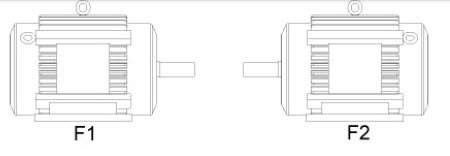I have a situation where I need to move the motor termination box to the top of the motor, because of clearance issues. The motors are 480V, 200HP, TEFC. I contacted a motor shop and they can make a duct from the side of the motor to the top of the motor where I can re-attach the motor termination box. My question is the motor termination box considered pat of the electrical motor? I am wondering if I will run into a UL issue by doing this?
Thanks
Thanks

